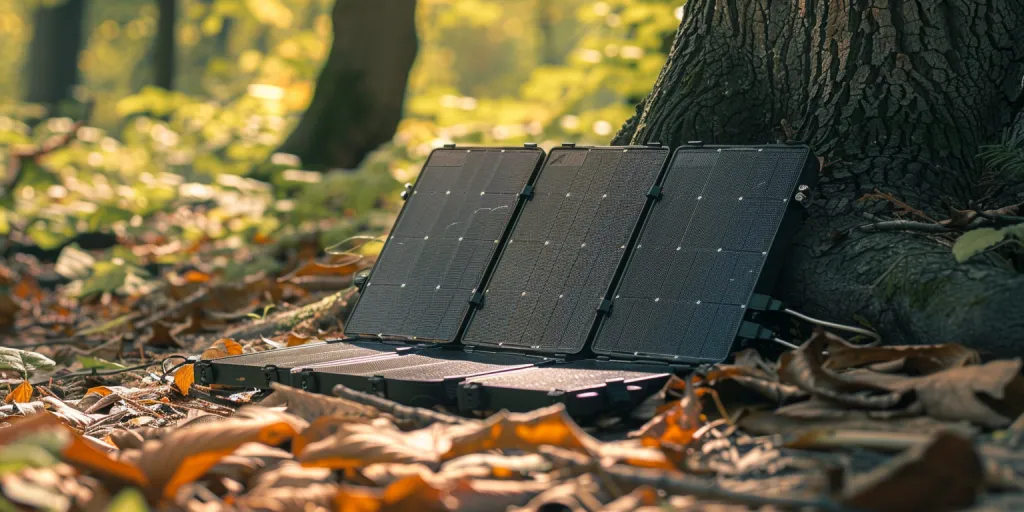Portable solar chargers are absolutely essential in the era of connectivity that overcomes all difficulties, but trying to live in the 21st century without portable devices is impossible. From smart phones to tablets and watches, cutting ourselves off from our smart devices may as well mean cutting ourselves off from the world we live in. The problem is, traditional charging methods are a bit, well, tethering. They keep us glued to wall sockets, and they contribute to our carbon footprint. With portable solar chargers, all that changes. In this article, we’ll answer all your questions about portable solar chargers. From how they work, to why they’re a great idea, to what to look for when purchasing one, we’ll tell you everything you need to know about portable solar chargers.
Table of Contents:
– How portable solar chargers work
– The benefits of using a portable solar charger
– Key features to look for
– Understanding the limitations
– Choosing the right portable solar charger for your needs
How portable solar chargers work
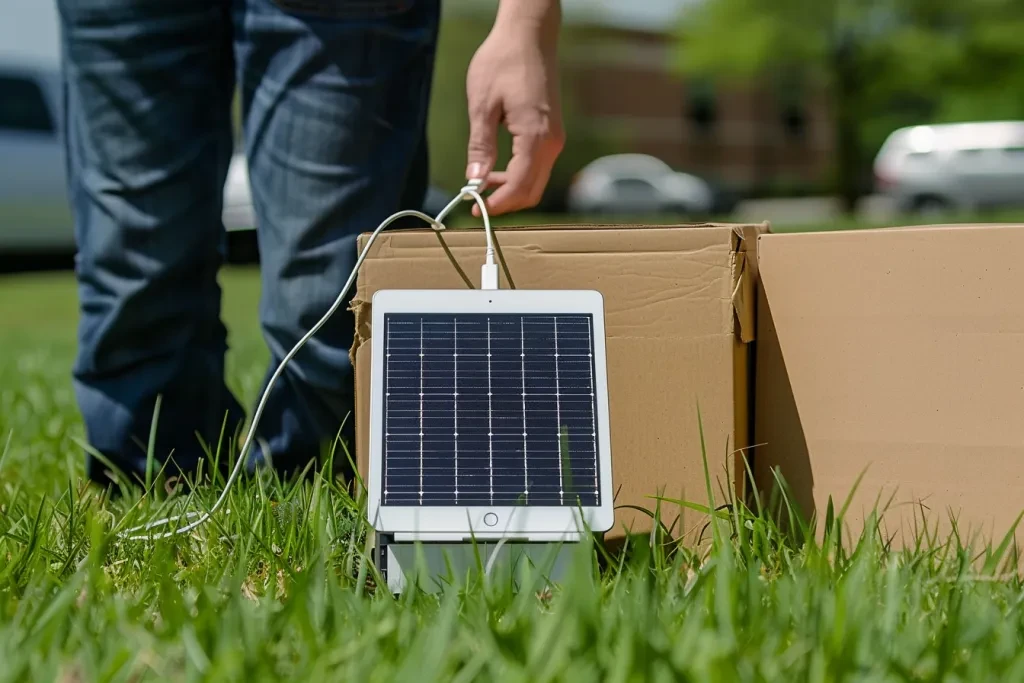
The energy of sunlight can be used by solar chargers, which use a process called the photovoltaic effect to turn sunlight into electrical energy – either to power the device, or to be stored in a battery for later use. The efficiency of a solar charger depends on the quality of its photovoltaic cells and on how much sunlight it is exposed to. Higher-quality photovoltaic cells and improved technology have greatly increased the efficiency of solar chargers, making them a viable alternative for portable charging.
Solar technology has evolved to make these chargers more convenient and user-friendly. Solar chargers today are lighter and smaller than their predecessors, and they can charge these gadgets as fast as regular chargers do, under favourable conditions. This has contributed to the rising popularity of solar chargers among outdoor enthusiasts, travelers, and anybody who wants to reduce their carbon footprint.
Solar chargers are becoming ubiquitous and more people are interested in how they work. Understanding how a solar charger turns sunlight into electricity can increase our appreciation of the natural process, while also improving our ability to set up the charger for best performance. This text provides information and discussion about the science behind a commonplace technology.
The benefits of using a portable solar charger

Solar chargers are portable and can be used to charge electronic devices, like phones. Because they are charged by sunlight, they are a more sustainable way to charge electronics than by relying on fossil fuels and emitting carbon into the environment. Portable solar chargers are a great way to follow the global trend towards green energy that is ecologically friendly and is addressing climate change.
In addition to environmental benefits, solar chargers provide concrete benefits. At remote locations where electrical grid or distribution lines don’t exist, they can be invaluable. For hikers, campers and other travellers, solar chargers allow GPS devices, phones and cameras to stay on and functioning, adding to safety.
A second is the potential savings on electricity bills, as well as access to a power source even in the event of power outages. Solar chargers also contribute to energy independence, since they allow users to create their own clean and renewable energy.
Key features to look for
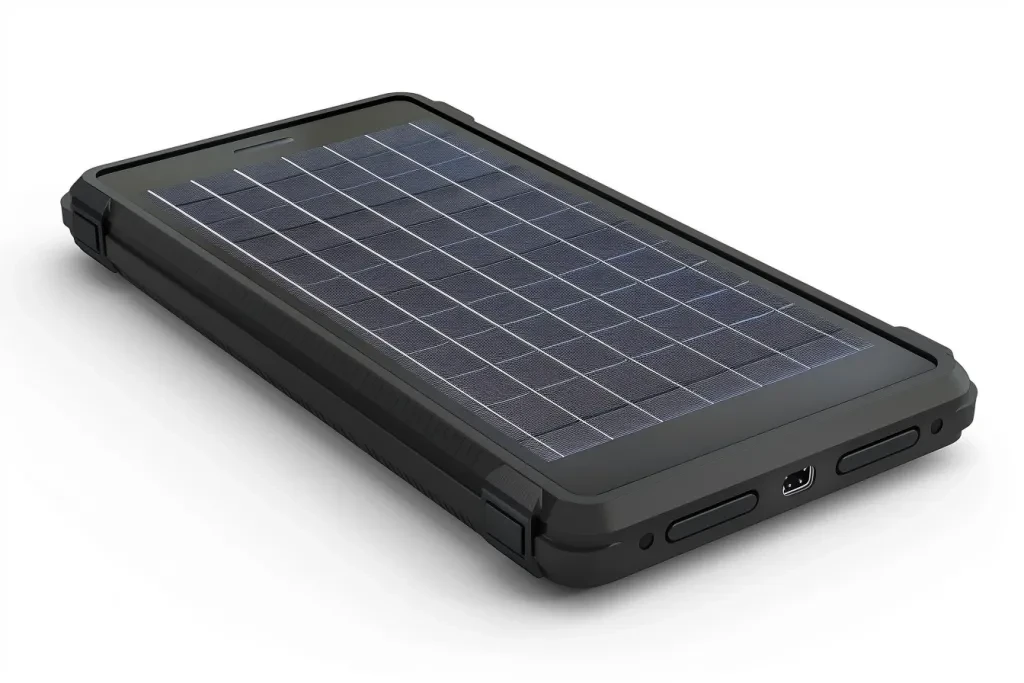
Choosing a solar charger for your mobile phone just before going to the beach or on a hiking trip? To find a right one for your needs, several important features should be taken into account.For example you can refer to the charger’s capacity, which is illustrated in the unit of milliampere-hours (milliamperes or mAh). This scale is really helpful to figure out how many charges the charger can possibly store, thus affecting the number of times it can recharge your mobile phone.
The type and number of outputs will provide information about the type and number of devices you can charge at any given time. If you intend to charge several devices, look for chargers with several USB ports. Another thing that will influence the charging speed is the wattage of the solar panel – each higher watt panel will be able to charge your device faster.
The best models have to be rugged and durable, particularly if they’re going to be used outdoors. The more robust the design – and the more weatherproof it is – the less likely your charger will fail you when the power goes out during a storm. Some models incorporate extras such as a flashlight or an emergency signal.
Understanding the limitations
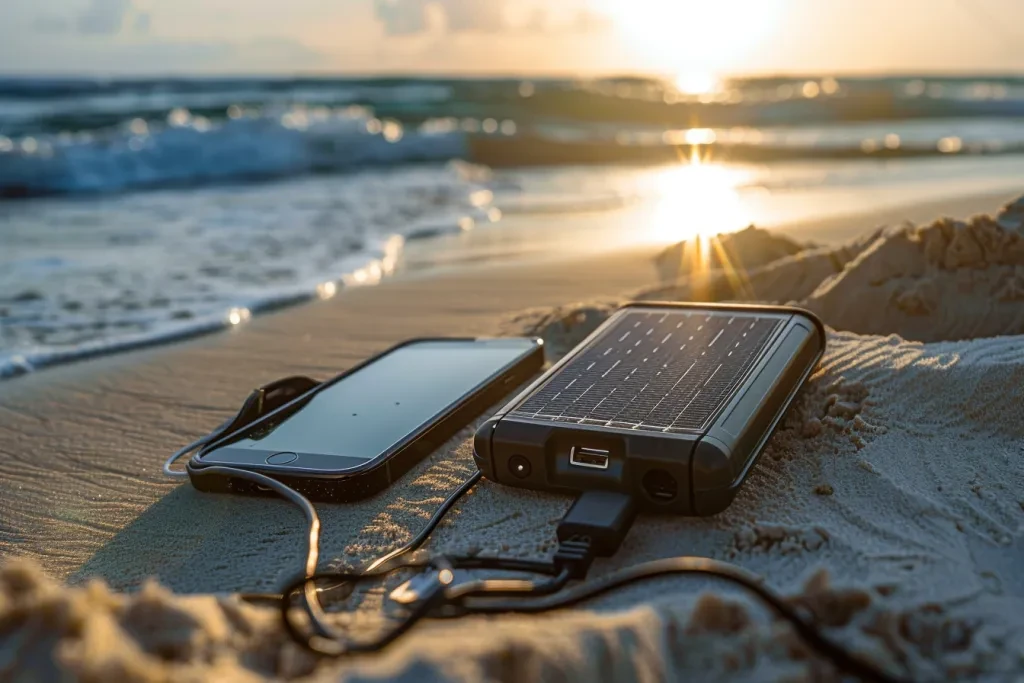
Although portable solar charger is a good way to go, it has some drawbacks too.Whenever you are out and need to charge your devices, solar charger is something that can help. The charger collection the sunlight, convert it into electricity powered your equipment. Even though the efficiency of the solar charger is stunning, there are few factors that can significantly influence the output of the charger.When the weather is bad such as cloudy or rainy days, the output of the solar charger will reduce dramatically. Another thing is, the angle and position of the charger is quite important too, which can influence the efficiency too.
The charging speed is another factor to consider. Even under ideal circumstances, solar chargers might not charge a device as quickly as a wall socket or a USB slot. Sometimes you just have to be patient, especially when charging large devices.
It is also important to note that not all devices are suitable for solar charging; some devices cannot accept certain types of power input, and this would only be known once you check. But yes, at least there would be no frustration when we buy items that are compatible with solar charging.
Choosing the right portable solar charger for your needs
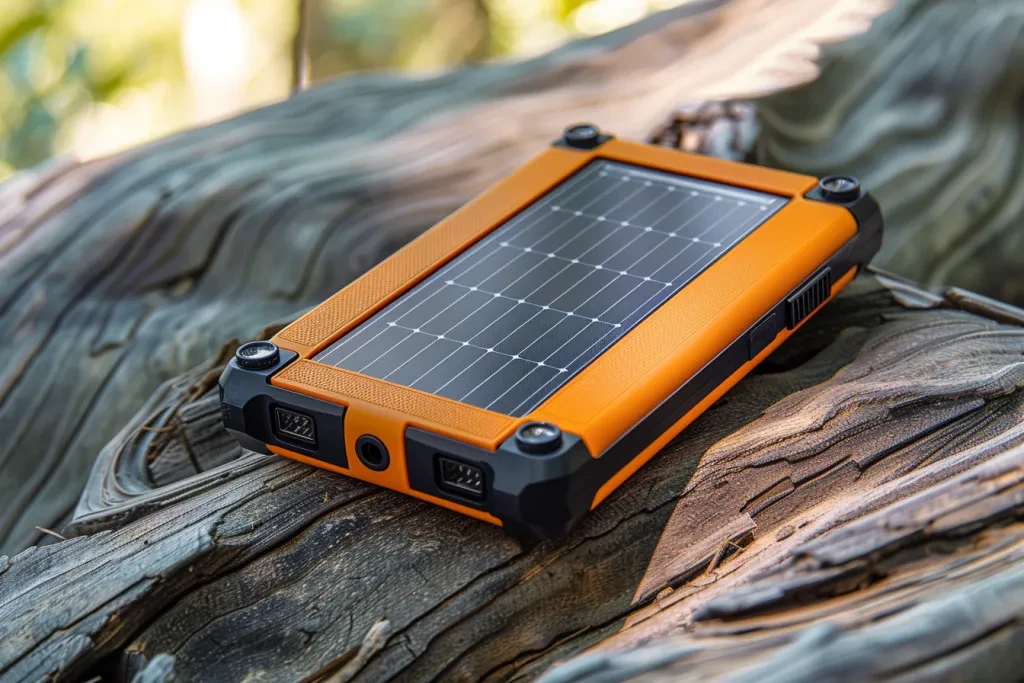
How you choose your solar charger depends on whether you know what you are going to need to charge and where you are going to use the charger. What type of device are you going to charge? How often are you going to use the charger and in which surroundings?
Make sure to do your research: compare all the models, read reviews from other users whose needs are similar to yours. Look at the battery’s capacity, output choices, and any other features that might be useful in your situation.
Just keep in mind the value of balance: in selecting a charger, you’ll want to find a device that is compact, effective, and durable enough to keep up with you in the great outdoors – and to be ready in emergency situations.
Conclusion:
Portable solar chargers is a step in the direction of sustainability, a practical solution to keep our devices powered up without the need of fondue pots, nuclear reactors and fossil fuels. If you understand how they operate, their benefits and their essential features, you will choose a solar charger compatible with your lifestyle and needs. The limitations of this technology can’t be disputed. However, when considering its advantages over the traditional methods of charging a device – environmental friendliness, convenience and independence – no reasonable person would disagree that the disadvantages outweigh the benefits tremendously. With this innovation, our world will become more connected and wireless day by day, the development of this technology will only continue to advance.
